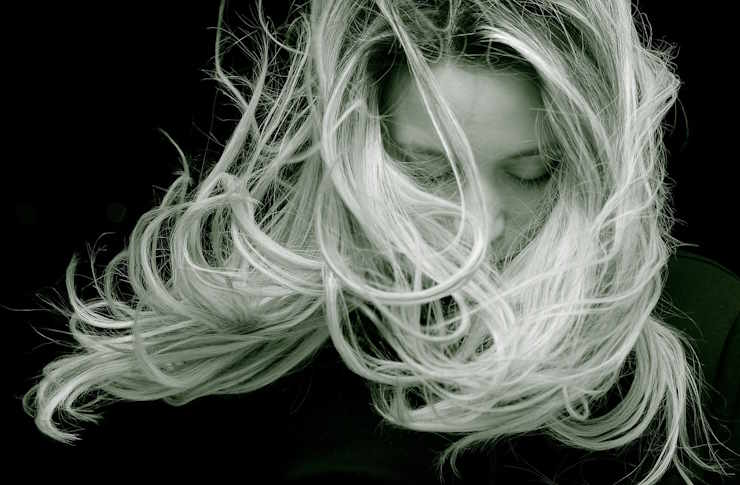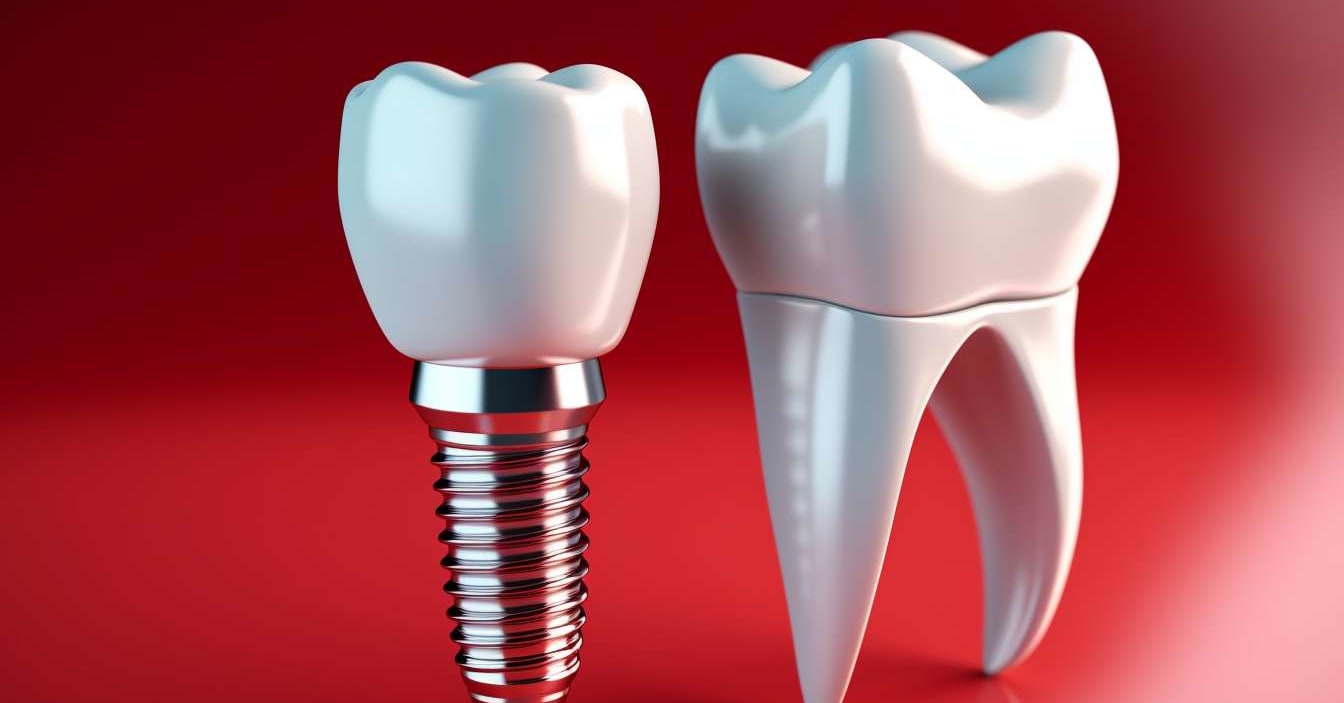The Art and Science of Beauty in Color Cosmetics
Beauty is a universal language that transcends cultural and geographical boundaries. With the ever-evolving global beauty industry, one aspect that has consistently held its ground is color cosmetics. From the flamboyant styles of the ancient civilizations to the minimalist trends of today, color cosmetics have been an integral part of human self-expression. This article will delve into the historical context, current relevance, trends, impact, and reception of color cosmetics, shedding new light on this fascinating topic.

The Historical Palette of Color Cosmetics
The history of color cosmetics can be traced back to ancient civilizations. The Egyptians, for instance, were known for their elaborate use of cosmetics. Kohl was used to darken the eyes, while red ochre was applied to the lips and cheeks. In ancient Rome, women used chalk powder for a fair complexion, and crushed mulberries for rouge.
During the Middle Ages, the Church’s influence led to a decline in the use of color cosmetics, as they were associated with vanity and sin. However, the Renaissance period witnessed a revival, as the focus shifted back to human beauty and aesthetics.
The 20th century marked a significant turning point, with the mass production of color cosmetics. This period saw the rise of beauty moguls like Helena Rubinstein and Estée Lauder, who revolutionized the industry with their innovative products.
The Science Behind the Colors
Color cosmetics are not just about aesthetics, they involve a lot of science as well. The colors we see in cosmetics are the result of light absorption and reflection by pigments. These pigments, which are basically colored powders, are mixed with various ingredients to create different types of cosmetics.
The process of creating these colors involves a deep understanding of color theory and chemistry. For instance, the color wheel is used to understand complementary colors, which can enhance or neutralize each other. Similarly, understanding the pH levels of the skin can help in creating cosmetics that are compatible and beneficial for the skin.
Current Relevance and Emerging Trends
Today, color cosmetics have a broader meaning and relevance. They are not just tools for enhancing physical appearance, but also a medium for self-expression and identity.
The current trends in color cosmetics reflect this shift in perspective. Bold colors and glittery textures are making a comeback, as seen in the popularity of neon eyeshadows and metallic lipsticks. On the other hand, the ‘no-makeup’ makeup trend is also gaining traction, emphasizing natural beauty with minimal products.
Another significant trend is the rise of inclusive beauty. More and more brands are expanding their shade ranges to cater to diverse skin tones, challenging the conventional beauty standards.
The Impact and Reception of Color Cosmetics
The impact of color cosmetics extends beyond the individual. It influences societal perceptions of beauty and contributes to the global economy. The global color cosmetics market was valued at approximately $62.5 billion in 2020 and is expected to grow further.
The reception of color cosmetics varies across cultures and societies. While some view it as a form of art and empowerment, others see it as a symbol of superficiality. However, the growing acceptance and normalization of makeup in different sectors, including men’s grooming, are indicative of changing mindsets.
Unique Insights into the World of Color Cosmetics
One unique insight into color cosmetics is its therapeutic potential. Applying makeup can be a mindful activity, promoting relaxation and well-being. It can also boost self-confidence, enhancing one’s psychological state.
Another is the role of color cosmetics in film and theater. They play a crucial part in character creation and storytelling, adding depth and dimension to performances.
In conclusion, color cosmetics are a blend of art and science, history and innovation, individual expression and societal influence. As we move forward, it will be interesting to see how this vibrant aspect of beauty continues to evolve and inspire.




